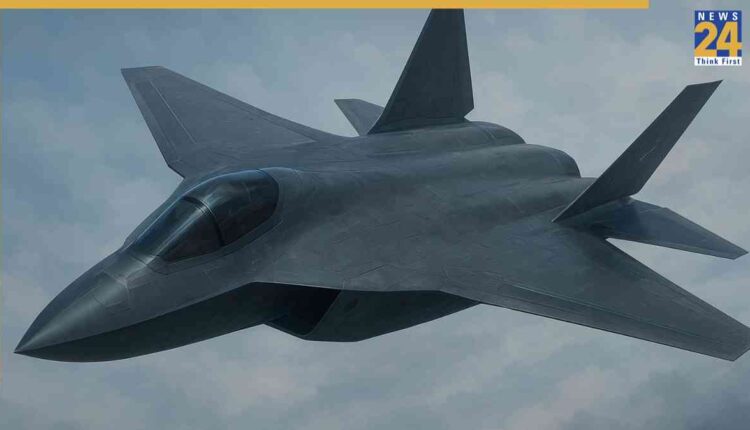Powerful countries are competing with each other to develop next-generation advanced fighter jets. In such a situation, India is also determined not to be left behind. While India is already working on its fifth-generation advanced medium combat aircraft (AMCA) fighter aircraft, the development of 6th-generation jets by China and the United States has prompted India to accelerate its efforts. The DRDO is now set to embark on ambitious research and development into next-generation fighter jet technologies that will make India stronger in future aerial warfare.
In an exclusive revelation to idrw.org, a senior DRDO official revealed that plans are underway to initiate R&D on emerging innovations such as wing morphing, nano-coating for stealth applications, and fly-by-light systems.
“This is about future-proofing our air dominance,” the senior official told idrw.org, highlighting DRDO’s vision for fighters that are deployed in hyper-contested environments, ranging from the Himalayas to the Indian Ocean Region (IOR). However, he cautioned that these nascent technologies are unlikely to mature within 5-10 years, needing long-term funding to be adopted in post-fifth-gen platforms slated for the 2040s and beyond.
About ‘Wing Morphing’
According to the Indian Defence Research Wing (IDRW) report, sixth-generation fighter jets will be more advanced than current fifth-generation jets like the F-35. This DRDO project can take India to the next level in air power. The most exciting technology research in this project is “wing morphing,” a biomimetic technology that enables aircraft wings to dynamically alter shape mid-flight.
About ‘Nano Stealth Coating’ Technology
Research is also underway on a ‘nano stealth coating’, an advanced radar-absorbing coating that makes the jet nearly invisible. The technology will employ “atom-thin metamaterials to manipulate electromagnetic, acoustic, and visual signatures. These coatings-layered nanostructures tunable via electric fields-could render fighters “potentially undetectable” by bending radar waves, scattering infrared emissions, and even dampening engine noise, as highlighted in recent conceptual sketches for India’s sixth-gen flying wing. Unlike traditional radar-absorbent materials (RAM) that add weight and degrade over time, nano-coatings offer self-healing properties and broadband absorption across X-band radars to millimeter-wave seekers, ideal for countering China’s quantum-enhanced sensors,” the IDRW report says.
What Is The Fly-By-Light System?
The fly-by-light (FBL) systems will use fiber-optic cables to transmit flight commands via light pulses for near-instantaneous response times and immunity to electromagnetic interference (EMI).
Developing these technologies could position India as a global leader in defense innovation while reducing reliance on foreign suppliers. With China and the United States already investing in sixth-generation fighter jets, India’s focus on these advanced technologies will ensure readiness against future aerial threats.
ALSO READ: World’s richest man ever had more money than Elon Musk, Zuckerberg, Ellison combined, he was from…, name was..

